Police traffic surveillance focus on cases of causing a serious traffic hazard
Last year was highly exceptional in traffic, too, because traffic volumes declined dramatically due to the Covid-19 pandemic.
“This was challenging for the police, because there was less traffic on the roads and some drivers, young men in particular, exploited the situation. The number of excessive speeding cases increased by approximately 40 per cent year-on-year,” says Hannu Kautto, Assistant Police Commissioner of the National Police Board.
He points out another significant fact from last year: the incidence of cases of driving while intoxicated, reported to the police, increased by around 10 per cent, despite the fact that the police did not conduct large-scale breath test traffic checks due to the coronavirus.
Last year, the police caught 20,335 drivers driving under the influence of intoxicants, while the corresponding figure for 2019 was 18,499. Narcotics-related cases of driving while intoxicated increased most, by one third from 2019 (approximately 33 per cent).
Traffic offences up by 20 per cent
The number of traffic offences increased by one fifth (about 20 per cent) last year compared to the previous year, totalling at 131,247.
March was the only month in which the monthly number of recorded offences was fewer than in the year before. After April, the average number of offences detected was more than a quarter (about 26 per cent) higher each month, relatively evenly, until the end of the year.
The new Road Traffic Act reduced the number of traffic violations
The number of traffic violations, however, declined intensely last year. This was due to the fact that after the reformed Road Traffic Act entered into force on 1 June 2020, police procedures concerning traffic offences and the preparation of statistics changed.
“The summary penal fees imposed for minor speeding, previously included in the statistics on all crimes and the total number of traffic offences, were replaced by administrative traffic penalty fees. For the time being, police systems have not produced comprehensive statistics on the number of traffic penalty fees,” Hannu Kautto explains.
More fatalities of pedestrians and cyclists than before
Unfortunately, the lower traffic volumes did not correlate with the number of fatalities and injuries. Preliminary data indicates that last year, road traffic accidents claimed the lives of 220 persons, 12 more than in 2019.
A comparison of the categories of road users shows that the number of fatalities among pedestrians and cyclists increased most year-on-year.
The number of injuries reported to the police was 630 lower than in 2019. This is not exceptional, since the number of the injured has declined evenly year after year. Last year, the total number of those injured in road traffic accidents was 4,344.
In 2020, a total of 553 persons died or were injured in accidents caused by driving while under the influence of alcohol (up by 13 per cent year-on-year) and 160 persons (up by 4 per cent year-on-year) in intoxicant-related accidents (one of the drivers or pedestrians involved has been found to be, or is suspected, on serious grounds, of being under the influence of an intoxicant other than alcohol at the time of the accident).
More traffic surveillance by the police
Assistant Police Commissioner Hannu Kautto says that traffic surveillance accounted for approximately 40 per cent of the total working hours spent by the police on surveillance.
“Last year, the police spent 483.5 person work hours on all traffic surveillance, 2.4 per cent more than in 2019. Particular emphasis was on heavy traffic surveillance and last year, about 15 per cent more working hours were spent on it than in 2019,” Kautto explains.
According to Assistant Police Commissioner Hannu Kautto, the police was able to perform more traffic surveillance because, due to the Covid-19 pandemic, large public events were cancelled and did not require police resources.
“Moreover, the measures undertaken to maintain health security resulted in lower absence due to illness, and we had ample resources for surveillance,” he says.
2021 focus areas in traffic surveillance
The focus areas for traffic surveillance include cases of causing a serious traffic hazard and driving while intoxicated.
Hannu Kautto says that surveillance will also be targeted specifically at safety devices and factors distracting attention. Surveillance of heavy traffic will be intensified through cooperation across the borders of police departments.
Technology will free up resources for other surveillance
In line with its strategy, the police will invest in technological advances in traffic surveillance.
“Our aim for this year is to obtain new evidential breath test devices to be placed in police vehicles and boats. This would free up a significant amount of working hours from the police, as there would be no need to transport the suspect to the police station for performing the breath test. Particularly in sparsely populated areas, this is expected to have a favourable impact on operational response times,” Hannu Kautto says.
He also emphasizes that automatic traffic control will contribute to the efficient targeting of police resources on other focus areas while driving speeds, among others, are controlled efficiently with automatic equipment.
socialShareGray




